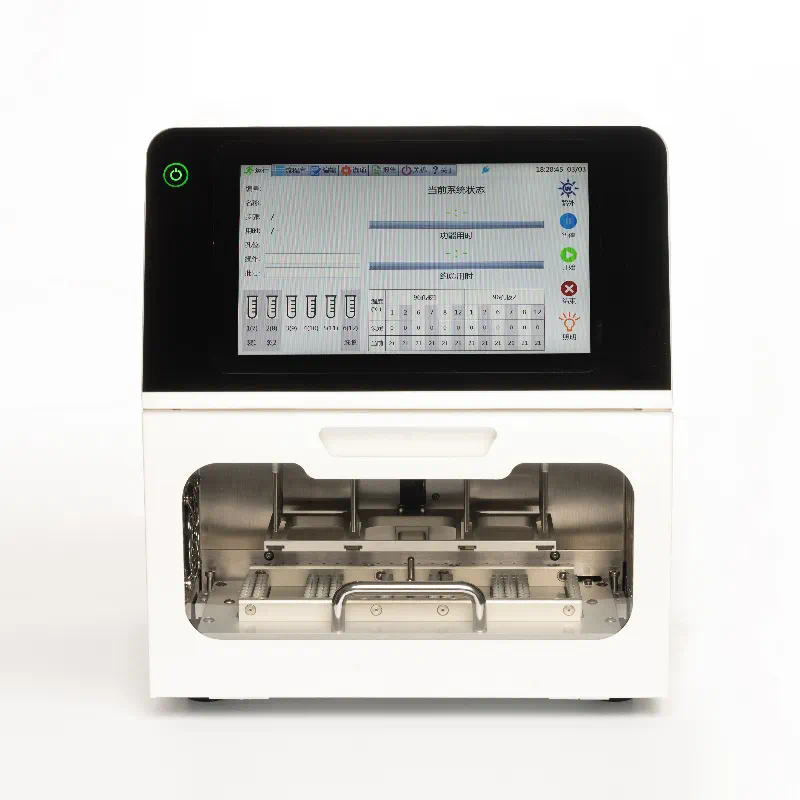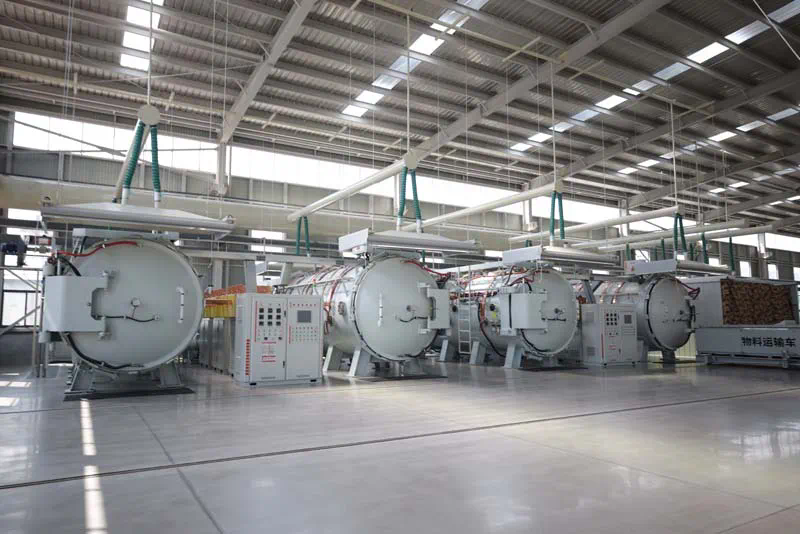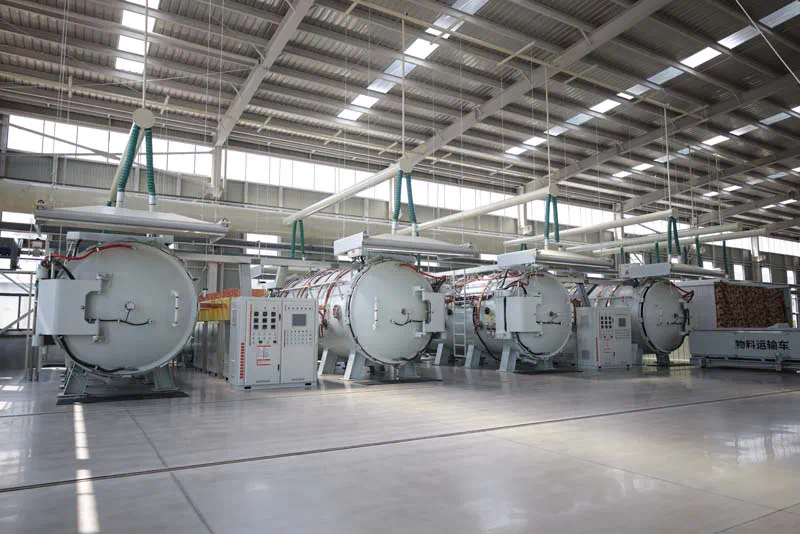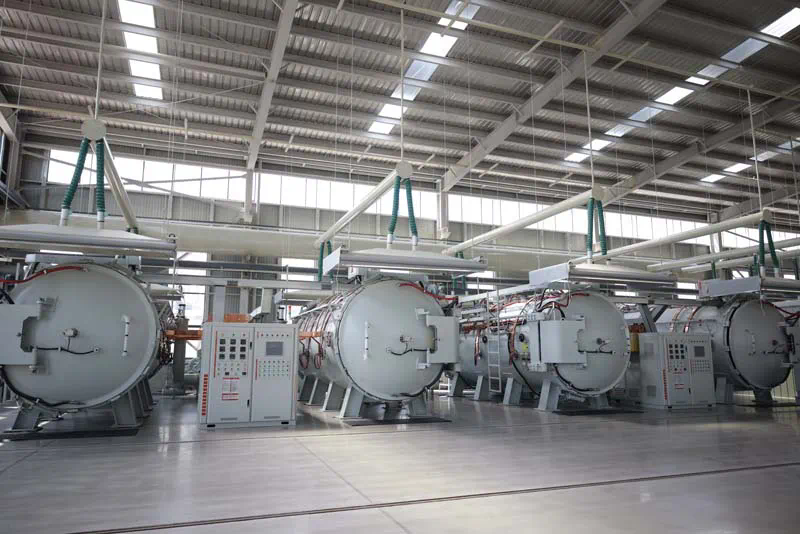Solution chemistry plays a vital role in the field of molecular biology, especially when it comes to DNA extraction. Lysis buffers are essential components in this process, as they help to break down cellular structures and release nucleic acids. Understanding the critical factors involved in the formulation and application of these buffers is crucial for optimizing DNA yield and quality. This article will explore the chemistry behind lysis buffers, their components, and the factors that influence their effectiveness in DNA extraction.
Lysis Buffers: An Overview
Lysis buffers serve to disrupt the cellular membrane, allowing for the release of DNA from cells. The composition of these buffers often includes detergents, salts, and sometimes enzymes, each contributing to the lysis process in unique ways. Common detergents like SDS (sodium dodecyl sulfate) or Triton X-100 destabilize lipid bilayers, while salts such as NaCl maintain ionic strength and stabilize nucleic acids during extraction.
The choice of lysis buffer is influenced by the type of sample being processed. For example, animal tissues may require different buffers than plant tissues due to variations in cell wall structure and composition. Additionally, certain applications, such as downstream PCR or sequencing, may necessitate specific conditions to avoid inhibiting enzymatic reactions.
Detergents: Mechanisms and Functions
Detergents are critical components in lysis buffers, as they facilitate the disruption of cellular membranes. An understanding of how these agents operate at the molecular level helps in optimizing their use. Detergents have both hydrophilic and hydrophobic regions, allowing them to interact with lipid molecules within the membrane.
Sodium dodecyl sulfate (SDS), a commonly used anionic detergent, denatures proteins and solubilizes membrane lipids by forming micelles around them. This not only aids in breaking down the cell membrane but also helps to protect the released DNA from degradation by nucleases. On the other hand, nonionic detergents like Triton X-100 tend to be milder, making them suitable for applications where protein integrity must be preserved.
Salts: Balancing Ionic Strength
Salts in lysis buffers play a multifaceted role. They help maintain osmotic balance during lysis, which is crucial to prevent cell lysis-induced osmotic shock. Moreover, salts can neutralize the negative charges on DNA, facilitating its precipitation and purification later in the extraction process.
NaCl is the most common salt used in lysis buffers. Its concentration can be adjusted based on the sample type and desired outcome. For instance, higher concentrations can increase DNA solubility, while lower concentrations may enhance DNA precipitation during purification steps.
Enzymatic Additives: Enhancing Lysis Efficiency
In some protocols, enzymes such as proteinase K or lysozyme are included in lysis buffers to digest proteins or degrade cell walls, respectively. Proteinase K is particularly effective in breaking down proteins that may otherwise interfere with DNA extraction. Its activity is enhanced at elevated temperatures, making it commonly used in lysis protocols for various biological samples.
Lysozyme is beneficial for breaking down the peptidoglycan layer in bacterial cells, making it an excellent choice for isolating DNA from gram-positive bacteria. The combination of enzymatic treatment with chemical lysis provides a synergistic effect, resulting in more efficient DNA extraction.
Factors Influencing Lysis Buffer Performance
Several critical factors influence the performance of lysis buffers in DNA extraction. These include pH, temperature, and incubation time, all of which can significantly affect the efficiency of cell lysis and the quality of the extracted DNA.
pH Levels: The Role of Acidity and Alkalinity
The pH of the lysis buffer is crucial, as it can impact the stability of DNA and the activity of enzymes. Most lysis buffers function optimally at a neutral to slightly alkaline pH (around 7.5 to 8.5). At these levels, nucleases that can degrade DNA are less active, leading to higher yields of intact DNA.
Adjusting the pH can be achieved through the addition of Tris or other buffering agents. It is essential to monitor the pH closely, as extremes can lead to DNA denaturation or compromise enzyme activity.
Temperature: Optimizing Lysis Conditions
Temperature is another critical factor. Higher temperatures can accelerate the lysis process and enhance enzyme activity, but excessive heat may also lead to DNA degradation. Typically, lysis processes are conducted at 37°C for enzymatic treatments or room temperature for chemical lysis.
Some protocols recommend a heat step following lysis to inactivate nucleases, further protecting the extracted DNA. However, care must be taken to avoid overheating, which can result in shearing of DNA.
Incubation Time: Patience is Key

The duration of incubation during the lysis step can greatly impact the efficiency of cell disruption. Insufficient incubation may lead to incomplete lysis, while excessive incubation could cause DNA fragmentation. Typically, lysis times range from 10 minutes to several hours, depending on the sample type and lysis buffer composition.
It is advisable to optimize incubation times experimentally, taking into consideration the specific characteristics of the sample being processed. Regularly monitoring DNA superparamagnetic beads yield throughout the process can provide insights into the ideal incubation duration.
Quality Control: Assessing DNA Integrity
After extraction, assessing the quality and integrity of the isolated DNA is essential. Techniques such as gel electrophoresis can be employed to visualize DNA fragments, providing information about degradation or contamination.
Quantifying DNA concentration using spectrophotometry or fluorometry is also critical for determining the success of the extraction. High-quality DNA should exhibit a clear band on an agarose gel and possess a 260/280 ratio close to 1.8, indicating purity.
Troubleshooting Common Issues
Despite careful planning and execution, challenges may arise during DNA extraction. Common issues include low yield, contamination, and DNA degradation. Identifying the root causes of these problems is key to improving the extraction protocol.
Low yield may result from insufficient lysis or inadequate recovery techniques. In such cases, adjusting the lysis buffer composition or extending incubation times may help. Contamination can often be traced back to sample handling; therefore, maintaining sterile conditions throughout the process is crucial.
DNA degradation often occurs due to the activity of nucleases present in biological samples. Incorporating nuclease inhibitors or conducting lysis on ice can help mitigate this issue.
Future Directions in DNA Extraction
As technology advances, so too does our understanding of solution chemistry and its applications in DNA extraction. Innovations in lysis buffer formulations, such as the development of specialized buffers for challenging samples, are continually emerging. Additionally, advancements in automated extraction systems are enhancing efficiency and reproducibility.
The integration of nanotechnology in isolation of small DNA fragment the development of lysis buffers is also a promising area of research. Nanoparticles can improve the delivery of lysis agents and enhance extraction efficiency, potentially leading to higher yields and purities of DNA.
Conclusion
The chemistry of lysis buffers is a complex yet fascinating topic that is foundational to successful DNA extraction. By understanding the roles of various components, such as detergents, salts, and enzymes, researchers can optimize their protocols for different sample types and applications.
The interplay of critical factors such as pH, temperature, and incubation time further underscores the importance of careful protocol design. As technology continues to evolve, the future of DNA extraction promises even greater efficiencies and innovations, paving the way for breakthroughs in research and diagnostics.
In summary, mastering the intricacies of solution chemistry and lysis buffers is essential for any researcher aiming to obtain high-quality DNA. With a comprehensive understanding of these critical factors, one can ensure successful outcomes in molecular biology workflows.
https://smartfactoryinsights.com/


